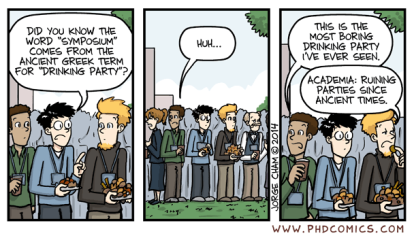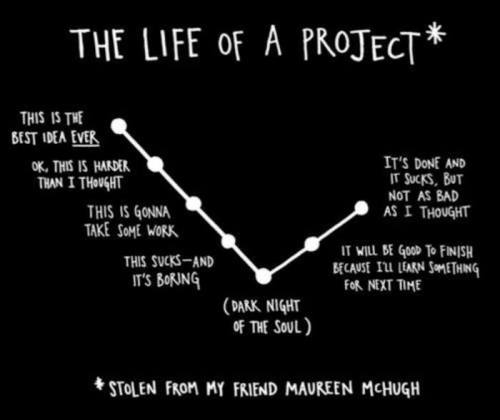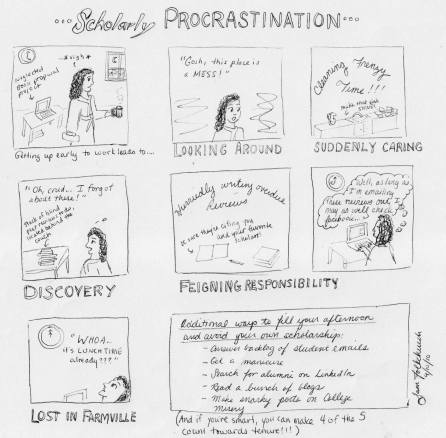
At the end of the academic year, we all get overwhelmed with grading final exams and papers, scrambling to finish projects, and trying to make plans for the summer. Once the hullabaloo is finished, who doesn’t like to stretch out on the porch or the beach on a sunny day and read something you actually want to read?
While the purpose of this blog isn’t unsolicited advertising, you know I love free. And this is a great offer.
During the month of May, Routledge is offering “free to view” monograph research books via their Routledge Library Channel. I’ve got my eye on a book about the origins of visual American icons –looks neat!
Here are the subject areas they’re offering — check it out, and read something interesting after your final grades are turned in!
- Anthropology/Archaeology
- Area Studies
- Built Environment
- Business
- Criminology
- Communication
- Economics
- Education
- Environment and Sustainability
- Geography
- Health and Social Care
- History
- Law
- Linguistics
- Literature
- Media
- Mental Health
- Military and Strategic Studies
- Music
- Philosophy
- Politics
- Psychology
- Religion
- Sociology
- Sport Science/Leisure
- Theatre
- Tourism






